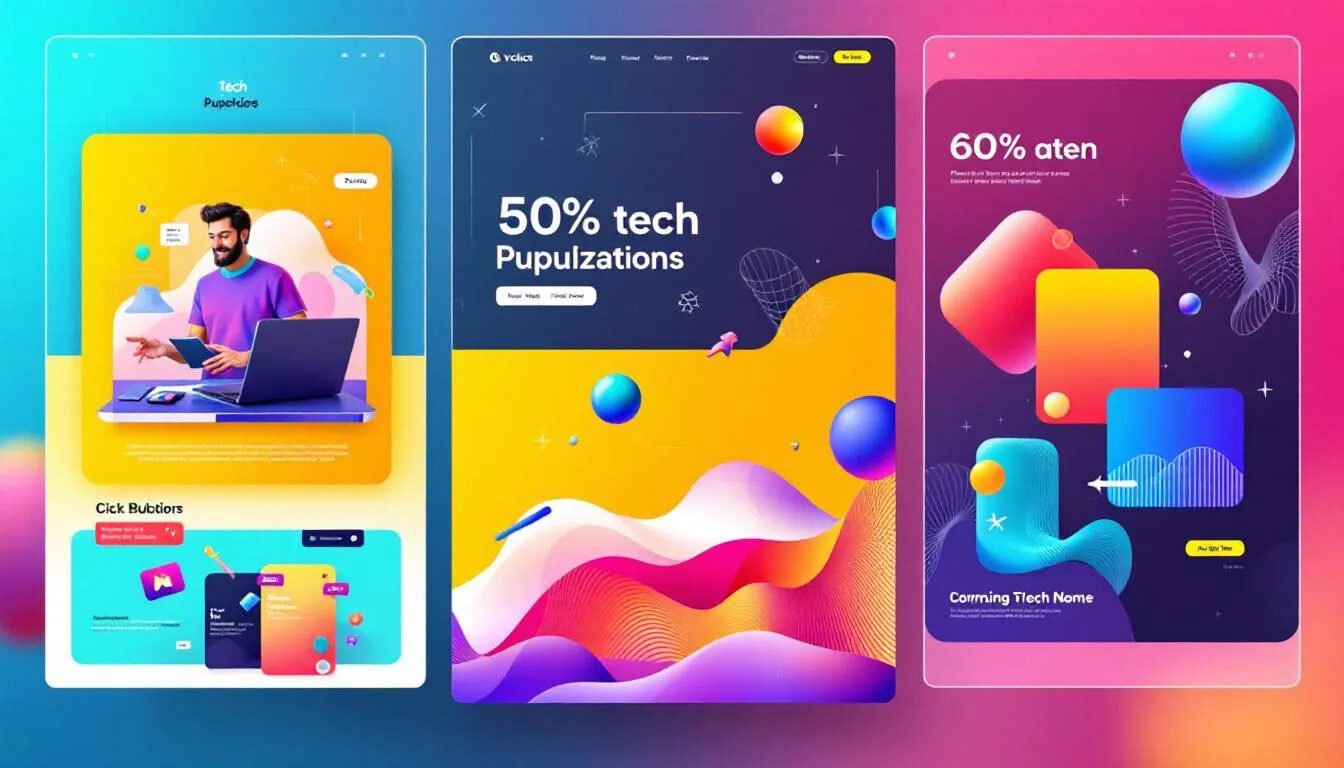
How Decades-Old Corporations are Catching up to the Digital Age
In our day and age of social media, email marketing and other PPC, you’d be surprised to hear about large, established companies that still resort to antiquated marketing methods such as snail m…I mean direct mail, or telemarketing, in which they contact everyone in the phone directory and their mother (are there strict CAN-SPAM-type laws against unwanted calls yet?). But there are some of these companies, against all expectations given their industry, brand image or storied success, that’re doing a really good job at not only adjusting to the ever-changing times (was Pinterest even on any one’s radar a mere year ago?), but succeeding in the digital marketing landscape. Let’s take a look at three of these companies and break down how they’ve managed to do it so well:
1. Procter & Gamble: How to Master Social Media in 6 Weeks

Two months after that downer of an announcement, P&G held a digital summit called “Signal P&G,” MC’d by none other than John Battelle, Wired Magazine’s co-founder. They boasted illustrious speakers such as Twitter CEO, Dick Costolo, Facebook VP of Business & Marketing Partnerships, David Fischer, and Yahoo! Chief Product Officer, Blake Irving – The world was taken by surprise (another sweet euphemism).
The summit was a rousing success, thanks to a well-constructed social media campaign leading up to the event. #SignalPG became a global trending topic in a matter of hours, with over 3,500 tweets, amounting to 14 million impressions (if you count retweets and replies). This single event “signaled” that P&G was no longer toying around with digital marketing – They were going all in, and with a bang to boot.
2. B.R. Cohn Winery: Establishing Expertise
While not as well known or large as P&G, longtime VerticalResponse customer, B.R. Cohn Winery is a personal favorite of many wine lovers here at VR. The company was founded in 1984 by Bruce Cohn, manager of the California rock band, the Doobie Brothers. They produce a variety of high-quality wines, ranging from Cabernet Sauvignon to their award-winning Petite Sirah, and also offer gourmet extra virgin olive oil and vinegars.
B.R. Cohn has demonstrated a knack for digital marketing, using email and social media to grow their business, while affirming themselves as thought leaders in the wine industry. They offer regular oenology tips on their Tumblr, behind-the-scenes looks at their wine-making process on Twitter, pictures of their wine-tasting events on Flickr, and fun, but relatable posts on Facebook (like this olympic-themed one). With engaging and shareable content, the winery has built a solid and vocal community, with more than 2,000 Twitter followers and 4,000 Facebook likes.
3. Tourneau: Driving Revenue through Content
Tourneau was established in 1900 and is one of America’s largest luxury watch retailers. Needing a shot in the arm in the digital marketing department, they turned to Condé Nast Media Group to draft content for their newly revamped website in Q4 2011. The goal was two-fold: position Tourneau as the authority on timepieces, and educate consumers on the benefits of purchasing Tourneau watches versus any of their competitors’. In order to meet these goals, Condé Nast chose to move away from the usual technical (read: dry) specifications, opting for educational and entertaining content instead. This content was then re-purposed in the brand’s other online properties, including their social media channels. Two contests were also launched in order to generate additional buzz.
The results were satisfying, to say the least: Tourneau’s online fan base increased by over 1,000% year-over-year, and its social activity (comments, sharing…) spiked. Their marketing emails also saw a 90% increase in open rates and 35% in click through rates. And finally, page views for product and collection pages increased depending on which watches were featured in the editorials. What was that saying about content being king?
So what are lessons we can learn from these companies, and apply to our own?
- Digital technologies such as email marketing and social media are not only here to stay, they are ever-evolving and require consistent attention as the rules of today are almost never the rules of tomorrow.
- The rules of consumer engagement have changed, drastically. Marketers can no longer content themselves with telling the customer what to do, Don Draper-style. The balance of power has shifted to the consumer, who is relying on user-generated content such as testimonials (sometimes through a simple tweet) to make purchase decisions, when and with whom they please.
- Building transparent, real-time engagement with consumers is key now more than ever, by offering fun, relevant content and messaging that speaks to the needs and desires of a given target audience.
Do you know of a business that has undergone a similar transition, or have you had to revamp or adjust your marketing strategy in favor of more digital-oriented efforts yourself? We’d love to hear your story!
Sources:
A Real-Time Demonstration of the Power of Digital
How Tourneau Targets Affluent Customers Through Content
© 2012 – 2018, Contributing Author. All rights reserved.



